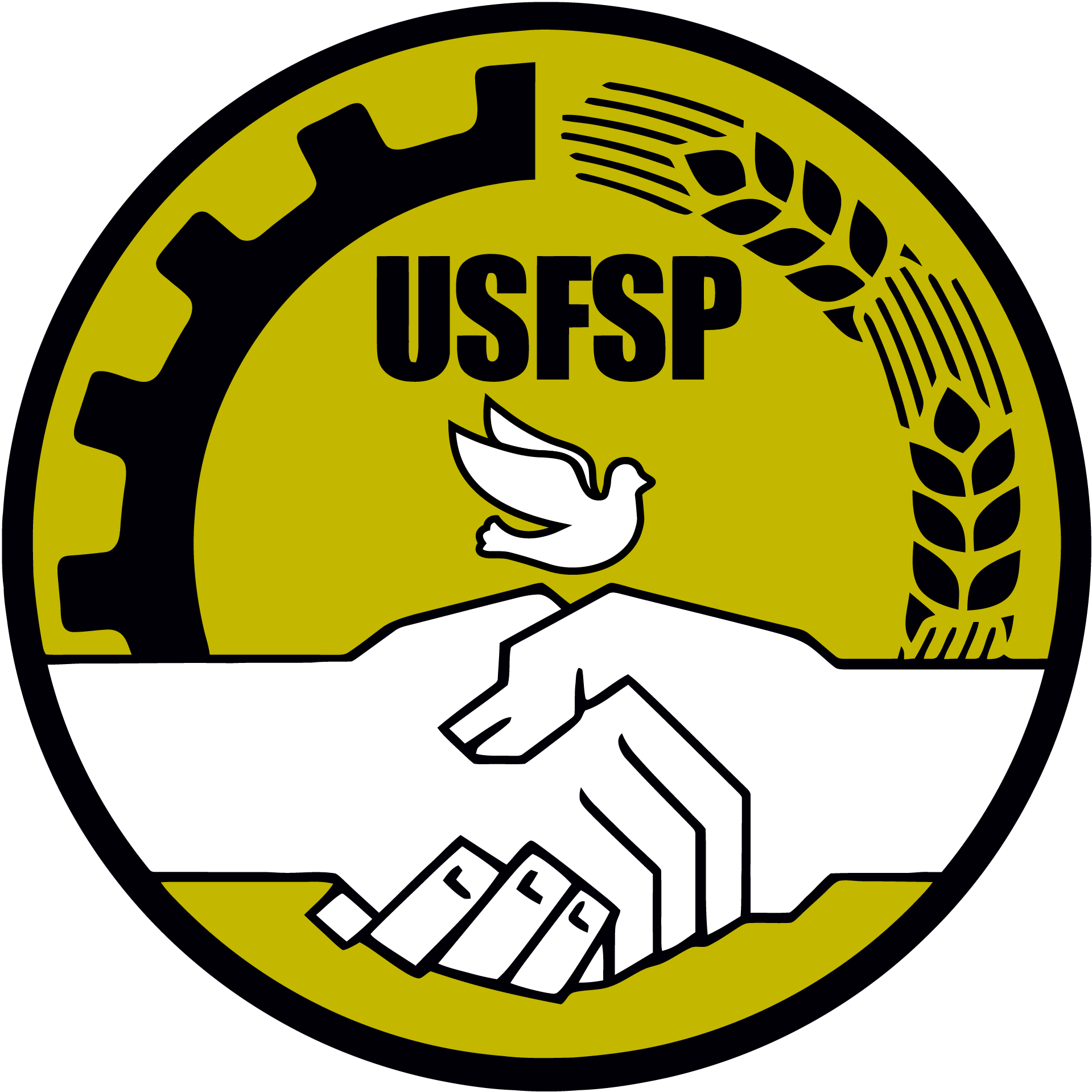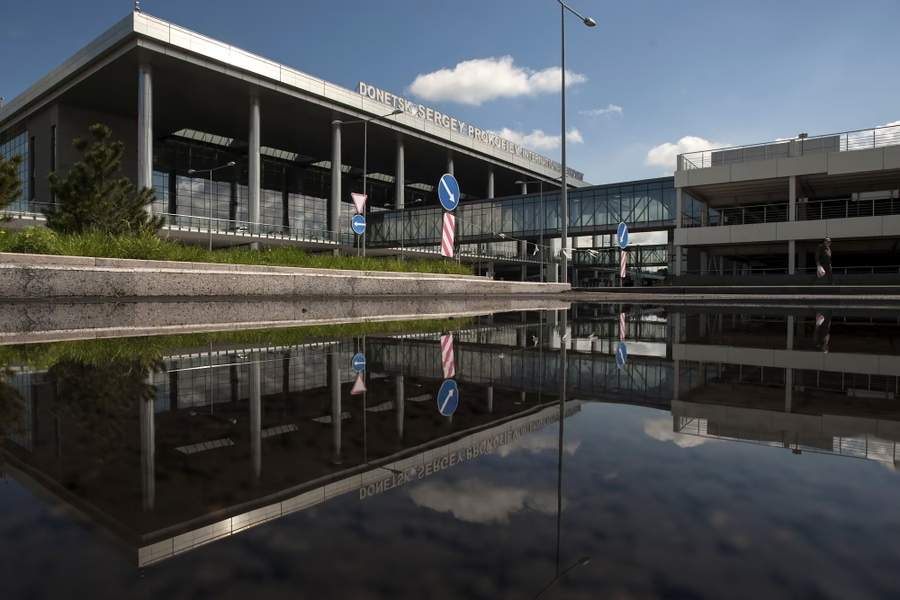Originally published by Consortium News
As the drums of war beat louder and the warmongering rhetoric becomes shrill, a group of Russian and American activists assembled in downtown Moscow to replant yet again the symbolic U.S.-Russia friendship birch tree that was initially planted nine years ago.
It has had to be replaced several times as the trees have struggled to survive. Some say it’s because of the severe weather, and some, with a sense of humor, believe it’s because of a toxic atmosphere between the two countries poisoning the tree.
The first one was planted on April 24, 2015, on the eve of the 70th anniversary of the historic “Elbe River” meeting of the American and Soviet military on April 25, 1945, which became symbolic of their joint victory over Nazi Germany.
The ceremony took place with the active participation of the U.S. embassy in Moscow. Then Ambassador John F. Tefft was a diplomat of the old “search for compromise” school, which has since been replaced by “rules-based order” diplomacy, meaning U.S. world leadership, another word for “hegemony.”
Invoking the ‘Elbe Spirit’
His science and cultural attaché, Andrew McLean, had delivered a very emotional speech about the importance of the “Elbe Spirit” for future generations. He was followed by many other dignitaries and guests, including Raymond McGovern, former senior C.I.A. analyst during the Reagan and Bush, Sr. days, who read Russian poetry and sang with the crowd the famous military hit “Katyusha.”
Then, everyone got a shovel to plant the first U.S.-Russia friendship tree.
It was still alive the following year, when on April 25, 2016, next to this tree, the sculptural composition of three American and three Soviet soldiers shaking hands on the bridge of the Elbe River was installed. It was made by the famous Russian sculptor Aleksandr Burganov, whose statue of the greatest Russian poet, Aleksandr Pushkin, is installed on the campus of George Washington University, a few blocks away from the White House and State Department.

Ambassador Tefft was still in Moscow in 2016, and at the ceremony. The embassy was represented by three U.S. generals who spoke: military attaché Bruce McClintock and two former attaches, Kevin Ryan and Peter Zwack.
McClintock shook hands with Russian cosmonaut Alexei Leonov, who, together with U.S. Astronaut Thomas P. Stafford, was commander of the 1975 joint U.S.-U.S.S.R. Apollo-Soyuz spacecraft.

This was the last time U.S. diplomats took part in subsequent Elbe River ceremonies in the Moscow square that has became known, albeit unofficially, as the “American Corner.”
The U.S. embassy also ignored an invitation to again take part this year, refusing to send even a low-level diplomat for the symbolic act honoring war veterans.
Glimmer of Hope
There had been a glimmer of hope things could be reversed in April 2020, when we decided to bypass the diplomats and shoot for the top by inviting Presidents Donald Trump and Vladimir Putin to participate. It was a long shot, but unexpectedly, we got a positive reply. No, they didn’t appear at the “American Corner” but did issue a joint statement.
Both presidents discussed the importance of the event and ended with encouraging words:
“‘The Spirit of the Elbe’ is an example of how our countries can put aside differences, build trust, and cooperate in pursuit of a greater cause. As we work today to confront the most important challenges of the 21st century, we pay tribute to the valor and courage of all those who fought together to defeat fascism. Their heroic feat will never be forgotten.”
Trump’s critics saw this as additional proof that he was Putin’s stooge, and this was the last time any positive, high-level exchange happened between the two nations.
Nevertheless, in addition to officials, there are also the people’s “diplomats” who understand the critical urgency of the moment and who are trying to send a different message.

Two days before the tree planting on Monday this week, in Kingston, New York, at the Four Corners of Freedom at Crown and John Streets, Roger Waters, founder of Pink Floyd [in video link]; Judge Andrew Napolitano, host of Judging Freedom podcast; Scott Ritter, former U.N. weapons inspector, columnist; Joe Lauria, editor-in-chief of Consortium News; Gerald Celente, founder of Occupy Peace, and publisher of the Trends Journal magazine; and Randy Credico, comedian, and WBAI radio host, delivered a peace message to the assembled crowd and via Zoom around the world.
In Moscow, Russian and American peace activists assembled at the “American Corner” to replant once again the birch “U.S.-Russia Friendship Tree” and send the same message of peace across the ocean. Passers-by couldn’t believe they saw American and Russian flags waving together as a sign of friendship between the peoples of both nations in these dangerous times.
As Paula Day, president of the Center for Citizen Initiatives, one of the observers of both the Kingston and Moscow events via Zoom, said:
Given the tenor of our times, these meet-ups feel a bit like what I imagine early Christians experienced as they gathered in small, discrete groupings hoping to avoid being fed to the lions before a ravening crowd in the Coliseum; the more friends, the more strength and courage in numbers.
Edward Lozansky is president and founder of the American University in Moscow and the U.S.-Russia Forum. He is also a professor at the Moscow State and National Research Nuclear Universities.




